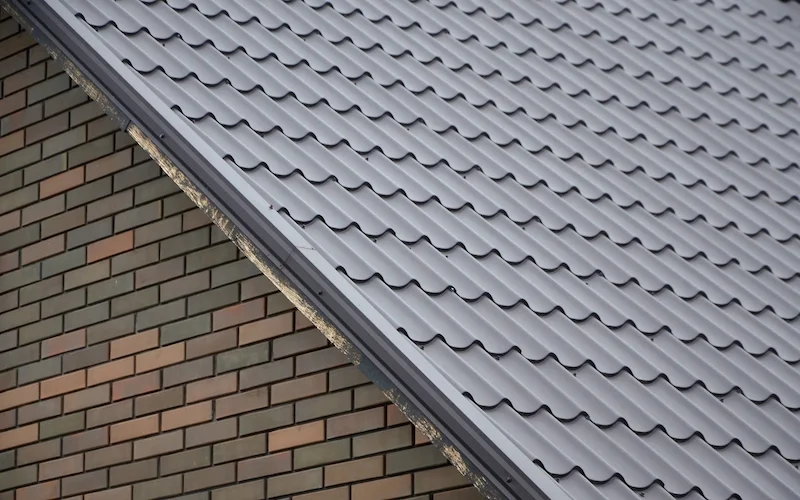All About Homeowners Insurance
The home you purchase is one of the largest investments you can make. Not only is it financially a large undertaking, it is also the roof over your loved one’s heads and houses much of the things that they hold dear. Because of all of these factors, insuring your home against disasters and other issues is imperative; maintaining homeowners insurance is also the law in most states.
In this article, we’ll delve into all about homeowners insurance and how it can and can’t help protect your investment. We’ll also take a closer look into the different types of insurance you can purchase.
Disaster or Loss Situations that Your Insurance Can Cover
Different insurance plans and different companies will cover your home and property in different ways and with different stipulations. It’s important that you’re familiar with the situations in which your homeowners insurance will step in to help, and those situations in which you may be on your own. Below are situations commonly covered by insurance plans, but remember that they will vary based on your individual plan.
- Fire
- Smoke Damage
- Theft
- Riots
- Explosions
- Vehicular Damage
- Hail
- Vandalism
- Aircraft damage
- Volcanoes
- Water Overflow
- Electrical Damage
- Cracking or bulging in your home
Situations most insurances will not cover (but that sometimes you can purchase extra coverage for) are:
- Earthquakes
- Mold
- Nuclear disaster
- Vermin Infestations
- Flooding
- Landslides
How Insurance Can Help
It’s important to understand what your insurance can do for you in case you need to use it. Essentially, your homeowners insurance can help to cover the following areas:
- If your home or property is destroyed due to a natural disaster (such as a fire or tornado), your insurance will help to replace or rebuild your home.
- If there is an accident at your home or on your property, your insurance can cover costs if you are sued or medical costs if needed.
- If you have belongings worth value, such as furniture or jewelry, that were lost or destroyed in your home, your insurance can cover the cost to replace.
Most insurances will offer standard coverage of the following with your plan:
- Dwelling protection to cover your home and attached structures
- Coverage of fences, sheds and carports
- Relocation expenses
- Medical coverage and payments related to the incident
- Liability coverage
Sometimes, you have the option to get certain coverages added to your plan, such as enhanced dwelling coverage, theft replacement coverage, expensive jewelry and fine art coverage, and plumbing flooding coverage.
Understand How Your Insurance May Not Help
While insurance can help with many things and certainly get you out of a bind in case of disaster, there are certain things that it will not cover. It’s important that you are familiar with these things so that your expectations are realistic and so that you can make other accommodations if necessary. Check with your insurance company on your plan to make sure you have an understanding of where you may need to make other accommodations.
Your Insurance Plan Can Save You Money
Homeowners insurance is relatively affordable; in fact, the average amount is about $1,096 per year. Retaining this insurance can also help you save a considirable amount of money because it’s less expensive than rebuilding your home entirely out of pocket or having to pay for replacement items out of your own resources.
When your insurance company determines your insurance cost, they will look at how much your home would cost to rebuild, the location and age of your home, how close your home is to a water source, the history of your neighborhood with insurance claims, how well your city is protected from fire, and other risks such as pools on your grounds.




